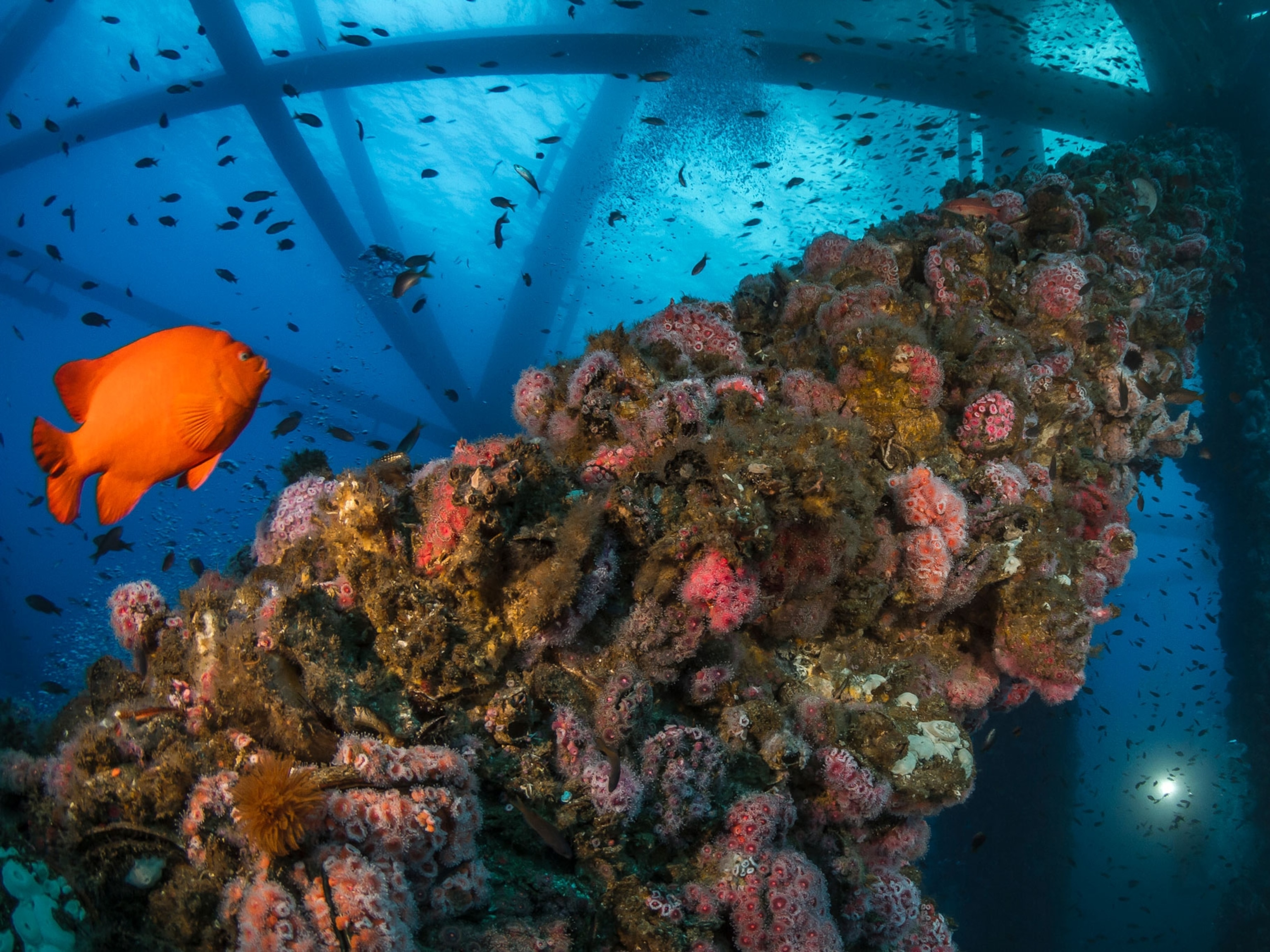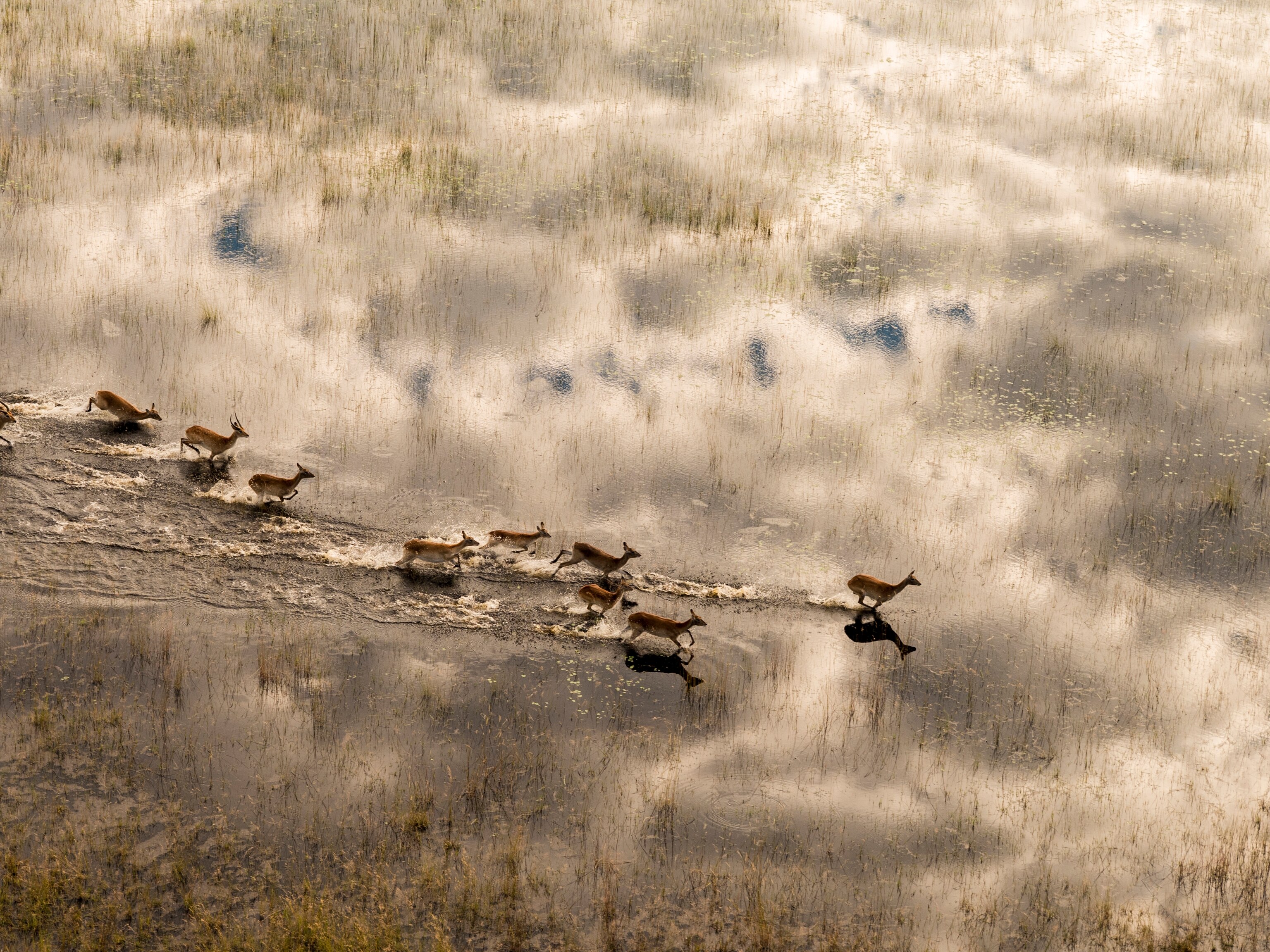Following the Oil Trail: From Alberta to British Columbia
VANCOUVER, BC – It’s nearing the end of January, and I am close to four months into my storytelling project, documenting the proposed Enbridge Northern Gateway Pipeline that will carry oil from the Athabasca oil sands in northern Alberta to the British Columbia coast. From the oil boom town of Fort McMurray, where the oil is mined to the unpopulated edge of the industrial city of Fort Saskatchewan where the pipeline will begin, I spent my first three months in Alberta tracing the path of the pipeline as well as researching the presence and significance of oil in the province. Where the oil is being extracted is as significant to this story as where it will be transported.
I’ve been in Vancouver since the beginning of January and will spend the next four and half months in British Columbia. This time, I will follow the pipeline route in reverse, starting with the oil tanker routes through the Hecate Strait between the Haida Gwaii and the mainland coast back towards the port city of Kitimat, also the end terminal for the Northern Gateway Pipeline. Traveling via ferry along the British Columbia coast, navigating the numerous islands and coastal inlets is a trip I’ve dreamed of making though I’ve always pictured it taking place in the summer instead of the dead of winter. It will be amazing, my new Canadian friends tell me, but do you have to go in February? Make sure you bring some antiemetics, they add.
Traveling these coastal waters in winter conditions is precisely what I want to experience. The British Columbia coast is known for its intricate shorelines, thousands of islands and deep inlets. It’s been compared to the fjord-laden geographies of Norway and southern Chile and are known for being difficult to navigate, particularly in the winter. Opponents of the pipeline include Coastal First Nations, an alliance of British Columbia’s Coastal First Nations who are concerned that an oil spill would have huge environmental and socioeconomic impacts in the region. Enbridge and some experts from the maritime and shipping community say the risk of a spill is lower than the critics might believe. While my ferry route won’t exactly follow the same one as the oil tankers, there will be a few overlapping moments during my journey and I will be able to experience firsthand what the conditions will be like at the worst time of the year.
From Alberta to British Columbia
Since I arrived in Edmonton in early October, the price of crude oil has fallen considerably. Even if you don’t follow the news, it’s impossible to ignore the low gas prices at the pump. A friend from Edmonton told me earlier this week that gas is now at 68 Canadian cents per liter. Four months earlier it was hovering at $1.14. While the 46 cents savings is being embraced on the consumer level, I can’t help but wonder how it will affect the workers in the industry. I also wonder, how is Enbridge thinking about the Northern Gateway in relation to oil prices?
On my most recent trip up to Fort McMurray in early December, I stayed with a young family originally from Cape Breton, Nova Scotia. My host has been working in Fort McMurray for the last ten or so years as an electrician at various oil companies. He was on a rare day off while I was visiting. He had been on the job for close to a month without a break. I asked him how the volatility in the oil price was affecting his work. He told me the changes were affecting construction projects and not existing production ones and that given his tenure with the company, his position, working on existing projects was secure. I asked him what other changes he’s seen, in the past decade of working in the industry. There was more demand for trade work, he noticed, more interest in entering vocational schools for high school graduates. He also saw changes within corporations too. Things are more restrained now, he told me, compared to the rampant development of the early 2000s. Everything is more controlled, projects are developed in phases. Instead of hiring thousands of workers at a time, the companies are acting more conservatively. I was surprised by what he was telling me, how the changes in global oil prices could affect the day to day operations on an oil sands extraction site with such speed, such that construction for a new extraction project could be put on hold indefinitely.
Apart from similar drops in consumer prices at the gas pump, it is more difficult to see the socio-economic ramifications of falling oil prices in British Columbia. As I begin my research in British Columbia, I am seeing that temperature, climate and landscape aren’t the only differences between these two provinces. Opposition to the Northern Gateway Pipeline feels much stronger in British Columbia than in Alberta, where lives and livelihoods seem more complexly intertwined with the oil industry. Just last Sunday, I attended a town hall style event held at the Vancouver Aboriginal Friendship Centre Society where MP (Member of Parliament) Nathan Cullen spoke out forcefully against the pipeline, introducing Bill C-628, which seeks to block oil tanker traffic along the northern British Columbia coastline. Almost every seat was filled, with many people leaning against three walls of the gymnasium. At roughly 250 people, it was the largest crowd of anti-pipeline supporters I’ve seen in Canada since attending the Tar Sands Healing Walk in June 2014. Compare this with a similar anti-pipelines talk I attended in Calgary, Alberta, organized by Greenpeace in early October which gathered maybe 20-30 audience members.
It feels too soon to begin drawing conclusions, especially since I’ve only just arrived in British Columbia. This is a complex issue that becomes ever more so as I dig deep into my research. The question I keep coming back to is, what is it about the Northern Gateway Pipeline Project that hits such a nerve? When I started on this journey, it seemed much clearer to me. Here was a proposal for a new energy infrastructure that would pass through pristine watersheds, crossing hundreds of fish-bearing streams with the potential to pollute human communities and untouched wilderness. Indigenous, non-indigenous, human or non-human, all who depend upon these natural ecosystems are concerned about this potentially disruptive project. But LNG (liquefied natural gas) pipelines are being proposed and approved in the very places where Northern Gateway is being blocked. Why does the Northern Gateway Pipeline Project drum up so much attention and controversy? This is a question I will be asking myself and others I meet, as I journey up north in the upcoming months.
Coming Up: DIY Aerial Photography and Mapping
A significant portion of my research will be produced by a set of grassroots mapping tools developed by The Public Laboratory for Open Technology and Science or Public Lab for short. In addition to using these tools to create aerial images of public areas along the proposed pipeline route, I will also be leading training workshops in the communities I visit, so the ability to create community-derived cartographic data based on local knowledge are in the hands of the community itself. My last few posts focused more on sharing my experiences in unraveling the story of oil and a pipeline in two provinces. In my next post, I will describe in more detail the technical and creative aspects of my project and how flying a kite can produce high-quality data. But first, if you live in the Vancouver area and are free this Saturday, January 31st, I will be leading a DIY Aerial Photography and Mapping Workshop at the offices of Ecotrust in downtown Vancouver. RSVP if you would like to join.
Ann Chen is a photographer, multimedia artist and researcher from New York City. She is currently in Western Canada tracing the Enbridge Northern Gateway Pipeline through collective storytelling, community mapping and citizen science. Follow Ann on Twitter, Instagram, Facebook, or her blog.
This post originally appeared on National Geographic’s Voices blog.
Related Topics
You May Also Like
Go Further
Animals
- Octopuses have a lot of secrets. Can you guess 8 of them?
- Animals
- Feature
Octopuses have a lot of secrets. Can you guess 8 of them? - This biologist and her rescue dog help protect bears in the AndesThis biologist and her rescue dog help protect bears in the Andes
- An octopus invited this writer into her tank—and her secret worldAn octopus invited this writer into her tank—and her secret world
- Peace-loving bonobos are more aggressive than we thoughtPeace-loving bonobos are more aggressive than we thought
Environment
- Listen to 30 years of climate change transformed into haunting musicListen to 30 years of climate change transformed into haunting music
- This ancient society tried to stop El Niño—with child sacrificeThis ancient society tried to stop El Niño—with child sacrifice
- U.S. plans to clean its drinking water. What does that mean?U.S. plans to clean its drinking water. What does that mean?
- Food systems: supporting the triangle of food security, Video Story
- Paid Content
Food systems: supporting the triangle of food security - Will we ever solve the mystery of the Mima mounds?Will we ever solve the mystery of the Mima mounds?
History & Culture
- Strange clues in a Maya temple reveal a fiery political dramaStrange clues in a Maya temple reveal a fiery political drama
- How technology is revealing secrets in these ancient scrollsHow technology is revealing secrets in these ancient scrolls
- Pilgrimages aren’t just spiritual anymore. They’re a workout.Pilgrimages aren’t just spiritual anymore. They’re a workout.
- This ancient society tried to stop El Niño—with child sacrificeThis ancient society tried to stop El Niño—with child sacrifice
- This ancient cure was just revived in a lab. Does it work?This ancient cure was just revived in a lab. Does it work?
Science
- The unexpected health benefits of Ozempic and MounjaroThe unexpected health benefits of Ozempic and Mounjaro
- Do you have an inner monologue? Here’s what it reveals about you.Do you have an inner monologue? Here’s what it reveals about you.
- Jupiter’s volcanic moon Io has been erupting for billions of yearsJupiter’s volcanic moon Io has been erupting for billions of years
- This 80-foot-long sea monster was the killer whale of its timeThis 80-foot-long sea monster was the killer whale of its time
Travel
- How to plan an epic summer trip to a national parkHow to plan an epic summer trip to a national park
- This town is the Alps' first European Capital of CultureThis town is the Alps' first European Capital of Culture
- This royal city lies in the shadow of Kuala LumpurThis royal city lies in the shadow of Kuala Lumpur
- This author tells the story of crypto-trading Mongolian nomadsThis author tells the story of crypto-trading Mongolian nomads







